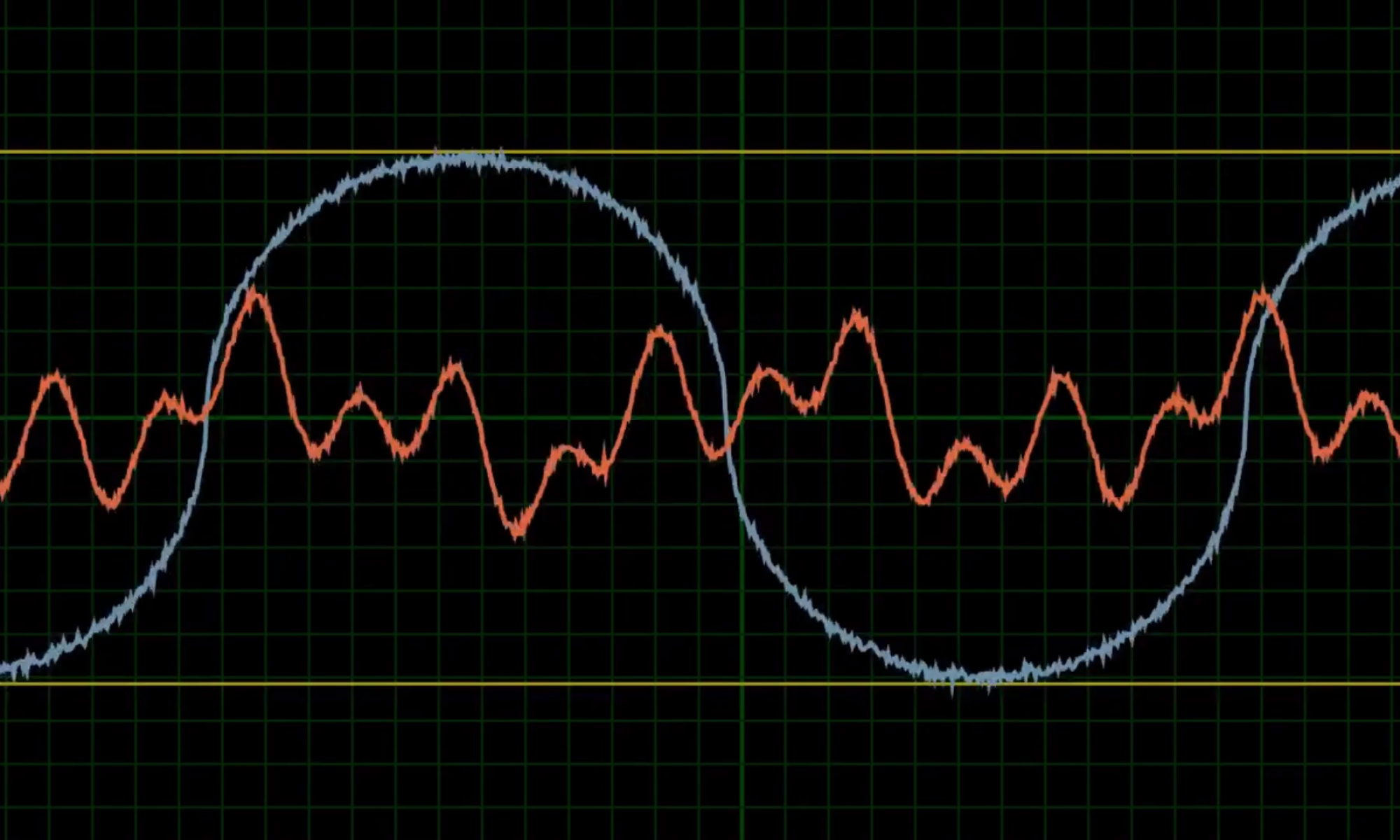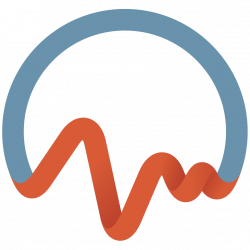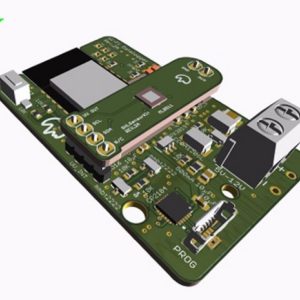In order to provide more accurate and relevant information to students completing plastics degradation research projects at the System Health Lab, we needed to devise a way to measure/log outdoor UV radiation wirelessly.
Earlier, we prototyped a solution to this problem using off-the-shelf IoT hardware and sensor modules. This had success as a proof of concept design but needed much more work before it could be deployed on the outdoor rooftop test site. Primarily, this involved re-development of the system, from the custom PCB designs to the enclosure, to be sufficiently resistant to weathering and other environmental effects. Currently, the system is set up to transmit UV data to the cloud at specified time intervals and publish live data to an accessible Google Sheet over a Wi-Fi connection.
This is the second major iteration of the Datalogger design. The first was designed to be separated from the UV sensor in another waterproof enclosure. Initially, the concerns for prolonged exposure to weathering in the previous setup (brought about by the non-airtight sealing for the UV sensor) made it a requirement to house the controller in a separate box. However, the new design features an expansion board (shown in the thumbnail of this project) which contains the UV sensor and the option to add more sensors as well using accessible pins.


